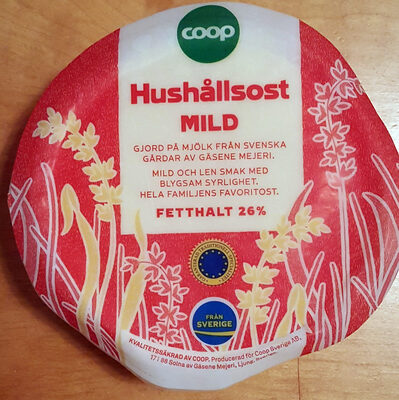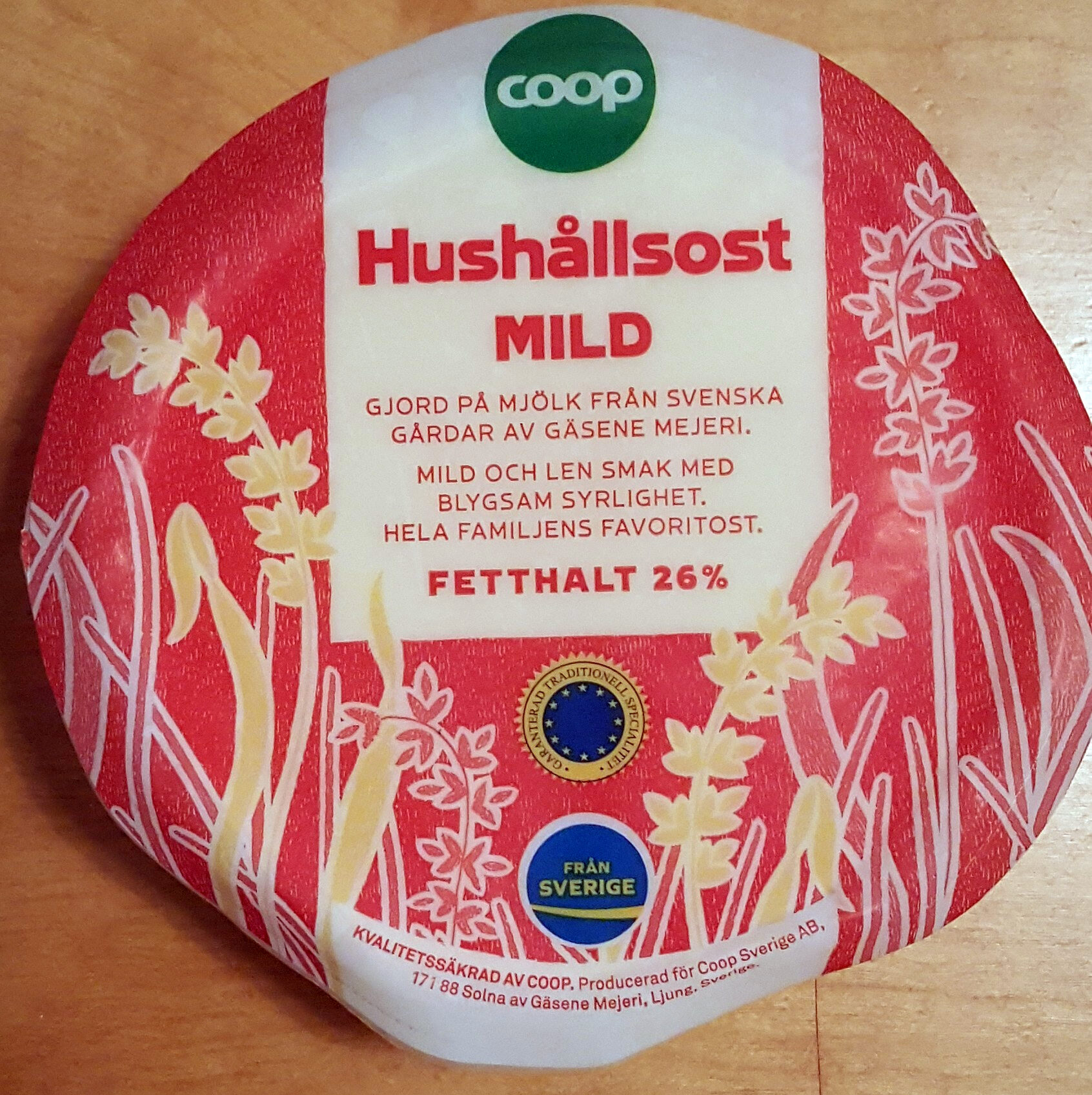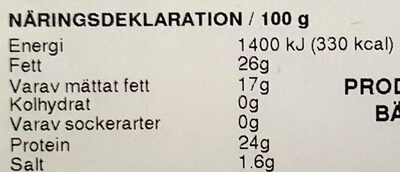Hushållsost Mild - Coop - 1,006 kg
This product page is not complete. You can help to complete it by editing it and adding more data from the photos we have, or by taking more photos using the app for Android or iPhone/iPad. Thank you!
×
Barcode: 2317237310061 (EAN / EAN-13)
Quantity: 1,006 kg
Packaging: Plastic
Brands: Coop
Categories: Dairies, Fermented foods, Fermented milk products, Cheeses, Swedish cheeses, sv:Hushållsost
Labels, certifications, awards:
TSG, Från Sverige
Origin of ingredients: Sweden
Manufacturing or processing places: Solna, Ljung, Sverige, Sweden
Traceability code: SE 1070 EC
Stores: Coop
Countries where sold: Sweden
Matching with your preferences
Environment
Carbon footprint
Packaging
Transportation
Report a problem
Data sources
Product added on by akitainu
Last edit of product page on by gmlaa.
Product page also edited by openfoodfacts-contributors, packbot.










